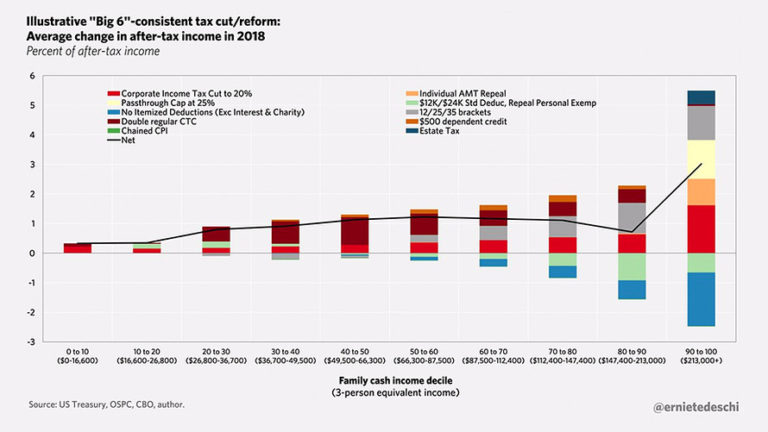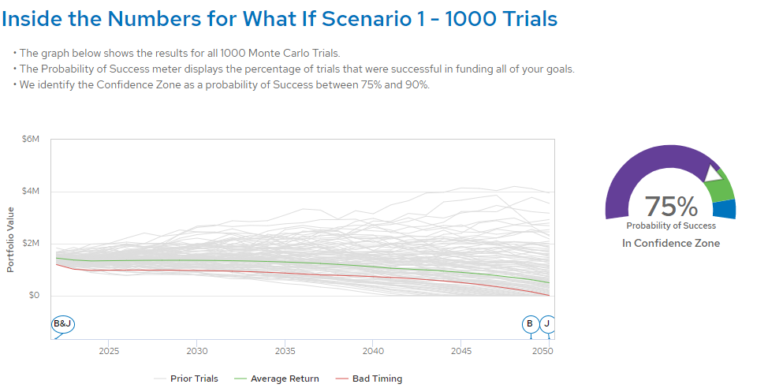NUA… What is Net Unrealized Appreciation
How Net Unrealized Appreciation (NUA) Should Be Used
Do you own company stock within your 401(k)? Wouldn’t it be great if you could drastically lower your tax rate on this portion of your 401(k)? If that were possible, this tax rate transfer could lower your taxes up to 20%. It sounds great, but, how is this possible?
The answer is found in Net Unrealized Appreciation (NUA). NUA is a strategy that not many people know about and can be worth looking into if the following points match the investors’ scenario.
- Individuals own public company stock within their 401(k)
- They have low cost-basis (purchase price) in the company stock
- They are approaching a triggering event and want to move their entire 401(k) in one tax year
Put simply, NUA allows an investor to move their company stock out of their 401k into a typical brokerage investment account. This transfer would normally result in the entire stock amount counting as income and therefore be taxed at high-income tax rates. But an NUA election would allow the investor to choose to pay much lower capital gains taxes instead. It sounds great, but certainly comes with some stipulations:
NUA Requirements
1.) The distribution must be made after a triggering event: Death, disability, reaching age 59.5, or separation from service are all triggering events.
2.) The employer retirement account must make a lump sum distribution: The entire account balance must move in a single tax year. Meaning that you can’t transfer out your company stock and keep the rest invested in your 401(k).
However, there is flexibility in being able to choose which lot to transfer when moving your account. A lot is a specific chunk of stock purchased at one time. This strategy comes in handy if you  purchased a large lot in 2008 and a recent lot in 2018. The 2018 lot is most likely less desirable to transfer. This is because the cost basis is taxable upon transferring stock to a brokerage investment account under NUA.
purchased a large lot in 2008 and a recent lot in 2018. The 2018 lot is most likely less desirable to transfer. This is because the cost basis is taxable upon transferring stock to a brokerage investment account under NUA.
3.) The employer stock must be distributed in kind: Employer stock can’t be sold and cash distributed and stock repurchased. Also, phantom stock isn’t eligible. We must transfer the shares directly from the 401k into a brokerage account.
The Power Of NUA
Let’s assume Jim’s current tax bracket is 35% and his tax bracket in retirement will be 32%.
- Jim started working for Microsoft at age 33 where he has been for the past 30 years. In 1988 Microsoft (MSFT) gave Jim a $5,000 signing bonus and he used all of it to buy MSFT stock within his 401(k). At $0.40 per share, Jim purchased 12,500 shares and received a $5,000 deduction for his contribution!
- Jim is approaching retirement at age 63 and is looking to roll his 401(k) into an IRA. Jim has held the MSFT shares for 30 years without buying or selling anymore MSFT. Happily, for Jim, his $5,000 investment in MSFT is now worth $1,321,500.
- Jim has the option to pursue NUA vs. complete a typical rollover without NUA. If Jim pursued NUA and transferred his MSFT shares from his 401(k) to a brokerage account he would only have to pay income taxes on $5,000 ($5,000*.35 = $1,750) and would have no early withdrawal 10% penalty because he is over age 59.5. And going forward, investment gains on his $1.3 million will be taxed at 15% (capital gains) instead of 32% (income tax/IRA withdrawal).
- If Jim were to withdraw his $1.3 million at 32% over time, he would only actually receive $898,620 whereas, thanks to NUA, he will receive $1,123,275. This means that because of NUA Jim now has $224,655 more than he would’ve without NUA.
- FYI, If shares aren’t sold immediately after the direct transfer and grow more, then the growth after transfer will need to be held over a year in order to qualify for Long Term Capital Gains rates.
When Does NUA Not Make Sense
Cost basis is often the deciding factor when someone wants to pursue NUA. If cost basis is far greater than 20% of the stock’s current market value, then it probably isn’t a home run. This means that if the market value of MSFT is $10,000, then the attractive cost basis would be $2,000 or less. However, if we have an immediate cash need, favorable income level, shortened life expectancy, or attractive alternative investments available, then NUA may make sense for an account with high-cost basis.
Pitfalls to Avoid
- Never sell company stock and buy it back within a 401(k) before transferring. Income taxes are paid on the cost basis (during NUA) and doing this would raise the cost basis drastically.
- Always transfer shares in kind, and be sure to calculate a possible penalty tax if transferred before age 59.5. This penalty tax doesn’t mean an NUA isn’t appropriate, however, it should be included in the calculations.
- And ensure the non-company stock 401(k) holdings are completely distributed out (most likely to an IRA) by year-end. Otherwise, the entire market value of your company stock will be seen as taxable instead of just the cost basis.
What Now?
NUA isn’t for everyone but there are a few “Jims” out there who could save hundreds of thousands of dollars. If you want to learn more, one of our favorite financial planning academics writes extensively about the NUA process here.








